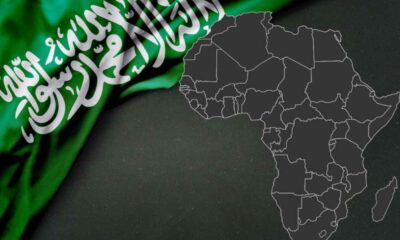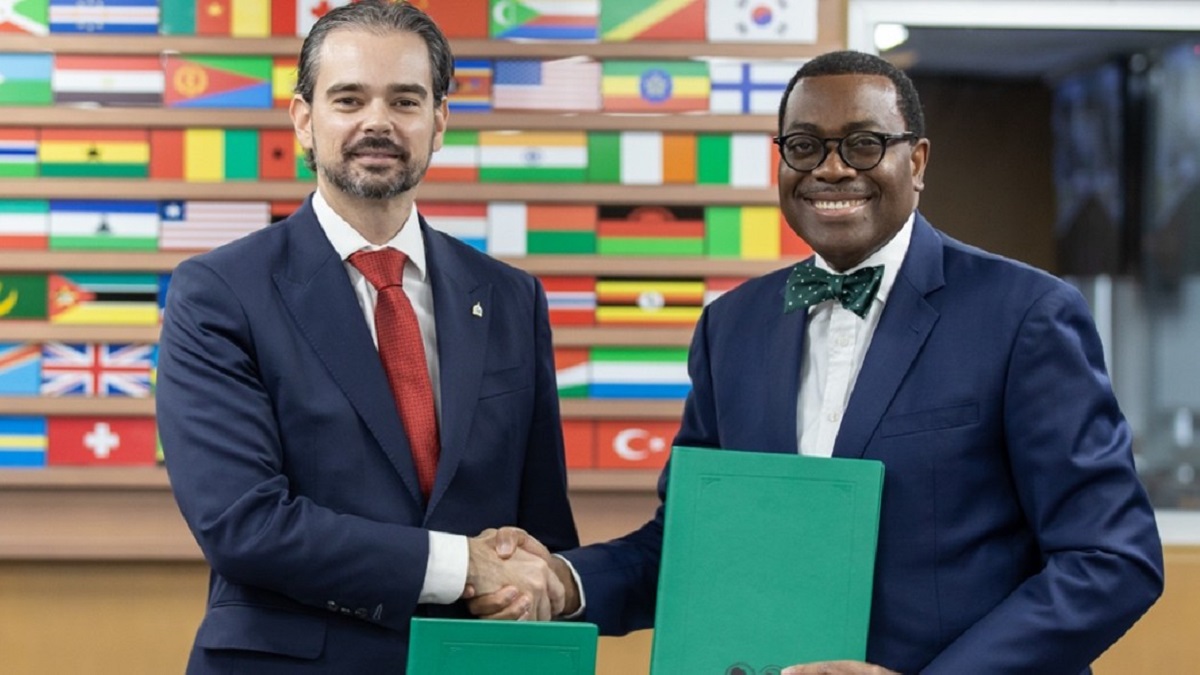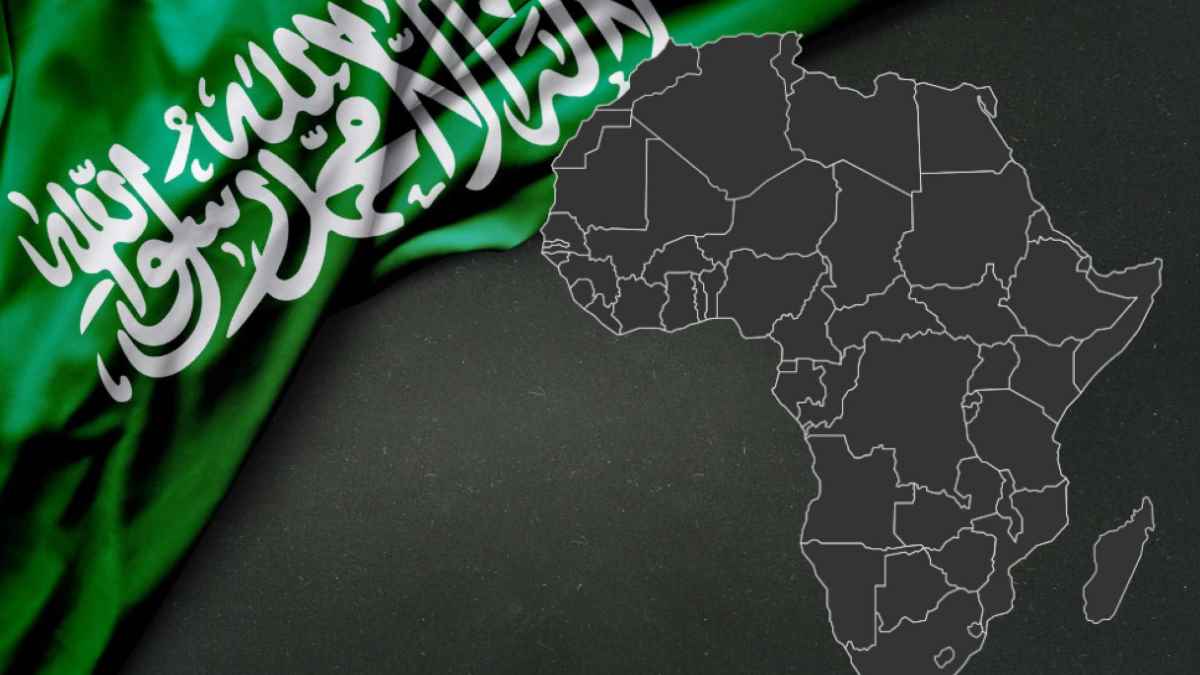In April 2024 in Milan, Alfa Romeo will unveil to the world the first Sport Urban Vehicle in its history, which will also be available in a 100% electric version
Egalement disponible en Français
POISSY, France, January 18, 2024/APO Group/ —
Its name will be MILANO. Alfa Romeo (www.AlfaRomeo.com) has chosen a name with a strong historical value for the brand’s first Sport Urban Vehicle, faithful to its sporting DNA, which will also be available in a 100% electric version; A clear tribute to its hometown, ambassador of Made in Italy around the world, international capital of design, symbol of innovation and sustainability, and leader in the automotive transition to electric; Since 1910, the Alfa Romeo logo has consisted of the Cross, the historical symbol of the capital of Lombardy, and the Biscione serpent, the coat of arms of the noble Visconti family. For over 60 years (from 1910 through 1972), the city’s name formed an integral part of the logo; Alfa Romeo MILANO will be unveiled to the international press in April 2024, in Milan itself; Alfa Romeo will be taking advantage of this opportunity to take stock of the founding of Stellantis in 2021: solidity and discipline in the implementation of the announced plan, full compliance with the transition process to electric, quality targets achieved and acknowledged globally; Finally, a focus on 2023, now coming to an end with figures showing solid global growth: up 34% compared to 2022 in the year to date to November.
In April 2024 in Milan, Alfa Romeo will unveil to the world the first Sport Urban Vehicle in its history, which will also be available in a 100% electric version. It will be named MILANO, a genuine tribute to the city where it all began on June 24, 1910.
With Alfa Romeo MILANO, the brand rejoins the B-segment, the biggest in Europe, with a new proposal that fully embodies the brand’s DNA of noble Italian sportiness. The first 100% electric Sport Urban Vehicle that represents the new gateway to the Alfa Romeo world for everyone, Alfisti fans and beyond, who has been awaiting the brand’s return to the segment.
Jean-Philippe Imparato | Alfa Romeo CEO
With the arrival of MILANO in 2024, Alfa Romeo completes a line-up capable of meeting the desires of all our enthusiasts and much more. MILANO is intended as a symbolic ‘welcome back’ to all our Alfisti fans. As owners of the Giulietta and Mito, they have been waiting to confirm their love for Alfa Romeo. It also serves as a ‘welcome’ to anyone looking for a unique sporting experience in this segment and the distinctive beauty of Italian design.
MILANO is the first milestone in the brand’s transition process to electric and, like the Tonale, has the important task of further strengthening Alfa Romeo’s global presence.
The choice of the name “MILANO”, encapsulated in the brand’s history.
Little marks the identity of an automaker more than its identifying logo.
Since 1910, the Alfa Romeo emblem has included two of the symbols that identify Milan: The cross, the historical symbol of the capital of Lombardy, and the Biscione serpent, the coat of arms of the noble Visconti family and one of the city’s most iconic emblems. For over 60 years (1910–1972), the name MILANO featured in the lower part of the logo. Through 1918, it was accompanied by the acronym “A.L.F.A.” (Anonima Lombarda Fabbrica Automobili), then from 1919 by “ALFA ROMEO.”
Always a symbol of the avant-garde, Milan now acts as an international manifesto of modernity, innovation, and sustainability. Considered one of the icons of the arts and of Made in Italy around the world, Milan has always played a crucial cultural role in the fields of fashion, design, and music.
Alfa Romeo has chosen Milan, its home, to embark on a new, exciting, and daring chapter in its history: reinterpreting sportiness in the 21st century.
This decision therefore goes beyond the iconic names of past models and those of mountain passes used more recently, to link up once again with its Italian origins. Its bold ambition is to export around the world the values that have always made it a unique brand.
The brand’s balance sheet, almost three years after Stellantis was founded
MILANO is the first milestone in the brand’s transition process to electric and, like the Tonale, has the important task of further strengthening Alfa Romeo’s global presence
The brand’s commercial performance in 2023 serves as natural recognition of the work of a team whose solidity and discipline has enabled them to pursue the strategies of a long-term product plan decided on when Stellantis was founded in 2021. One by one, the most important goals achieved during this period have been:
- Bringing the brand back to profitability. This objective was achieved in the second half of the same year, 2021.
- An approved and funded long-term product plan, named by Alfa Romeo as “From 0 to 0”, with the bold objective to go from “0” electrified vehicles in 2021 to a line-up with “0” emissions in 2027, to become the fastest transition to electric in the entire automotive landscape. With one new product every year:
2022 – The Tonale Hybrid and Plug-In Hybrid Q4 made their debut.
2023 – Alfa Romeo returned to the world of ‘custom-built cars,’ presenting the 33 Stradale (BEV – ICE).
2024 – debut of the first 100% electric Alfa Romeo (Alfa Romeo MILANO).
2025 – unveiling of the first vehicle exclusively available in a 100% electric version.
2027 – The Alfa Romeo range will be 100% electric.
- Uncompromising quality standards guide all the brand’s strategic actions with great rigor, and the results were immediately acknowledged globally. Indeed, in November 2022 Alfa Romeo ranked first among the premium brands in the J.D. Power Sales Satisfaction Index, rising nine positions in the rankings and obtaining 25 points more than in 2021, the sharpest improvement in the premium segment.
One year later, Alfa Romeo took the top step on the podium in the overall rankings of premium brands and third place in the entire industry, according to the J.D. Power U.S. Initial Quality Study (IQS). It rose by 24 places, the largest growth recorded in the IQS research into the industry.
- Increase in residual value, made possible by a strict stock management policy and line-up strategy.
Evident growth in 2023
All this served as a suitable foundation for the outstanding commercial performance Alfa Romeo is recording ahead of the end of an intense and challenging 2023:
up 34% compared to 2022 in the year to date to November, a figure that confirms the solid growth in global sales.
Europe has contributed a robust increase of 53%.
Middle East & Africa is confirmed as the region experiencing the fastest growth, with a rise of 95%. Also contributing with growth of 6%, the India Asia Pacific region, where Alfa Romeo is strengthening its presence in Singapore and Hong Kong.
In North America, the Tonale’s debut in September was greeted with great enthusiasm, and likewise in China where the line-up has now been completed by the arrival of the Tonale. Both regions represent areas of strategic importance, where Alfa Romeo is making major investments to create the ideal conditions for growth.
The History of Milan in the Alfa Romeo Logo
Little marks the identity of an automaker more than the brand name on the grille. For A.L.F.A. first, later for Alfa Romeo, the coat of arms was intended to reaffirm the manufacturer’s origins in Milan. Over the years, its variations reflected the events that took place in the history of the company and of Italy. The cross of the Municipality of Milan, the Visconti Biscione serpent, and the Alfa Romeo lettering (A.L.F.A. only through 1918) have always remained the brand’s hallmarks since its foundation.
On June 24, 1910, the new company A.L.F.A. (Anonima Lombarda Fabbrica Automobili) was officially registered and the managing director Ugo Stella asked Giuseppe Merosi to draw up a coat of arms to adorn the radiator of its future cars. The history books tell us that the young draughtsman Romano Cattaneo told Merosi that he had been struck by the Visconti Biscione serpent he had seen on the Torre della Filarete in Piazza Castello as he waited for the #14 tram one morning. The Piacenza designer not only took on the suggestion but sketched the coat of arms there and then for his associate. At the same time, he added a red cross on a white background, surrounding the whole thing with a blue roundel bearing the lettering “A.L.F.A.” and “MILANO” in gold, separated by two Savoy knots. The sketch was approved by the nobleman Ugo Stella, and Cattaneo himself was entrusted with the final design for production. The first major change was in 1919: the company passed under the control of Nicola Romeo and the lettering “ALFA ROMEO” appeared on the coat of arms. In 1925, the GP Tipo P2 won the first Grand Prix World Championship, and a laurel wreath was added around the brand’s symbol to celebrate. After World War 2, the coat of arms underwent a complete overhaul: the Savoy knots gave way – with the advent of the Italian Republic – to two wavy lines, whereas the coat of arms was stylized and made of die-cast metal, painted in a single color. From 1950, the enameled brass branding returned in the 1900, replaced in 1960 by an identical version made of plastic. In 1972, when the Alfasud plant opened in Pomigliano d’Arco, the “MILANO” lettering disappeared. At the same time, the Biscione serpent was simplified, with its second coil no longer rolled round itself. In 1982, a further stylization was added: the laurel wreath gave way to a line of gold. On June 24, 2015, a new evolution of the logo was unveiled during the launch of the Giulia at the recently opened Alfa Romeo Museum.
Distributed by APO Group on behalf of Alfa Romeo.
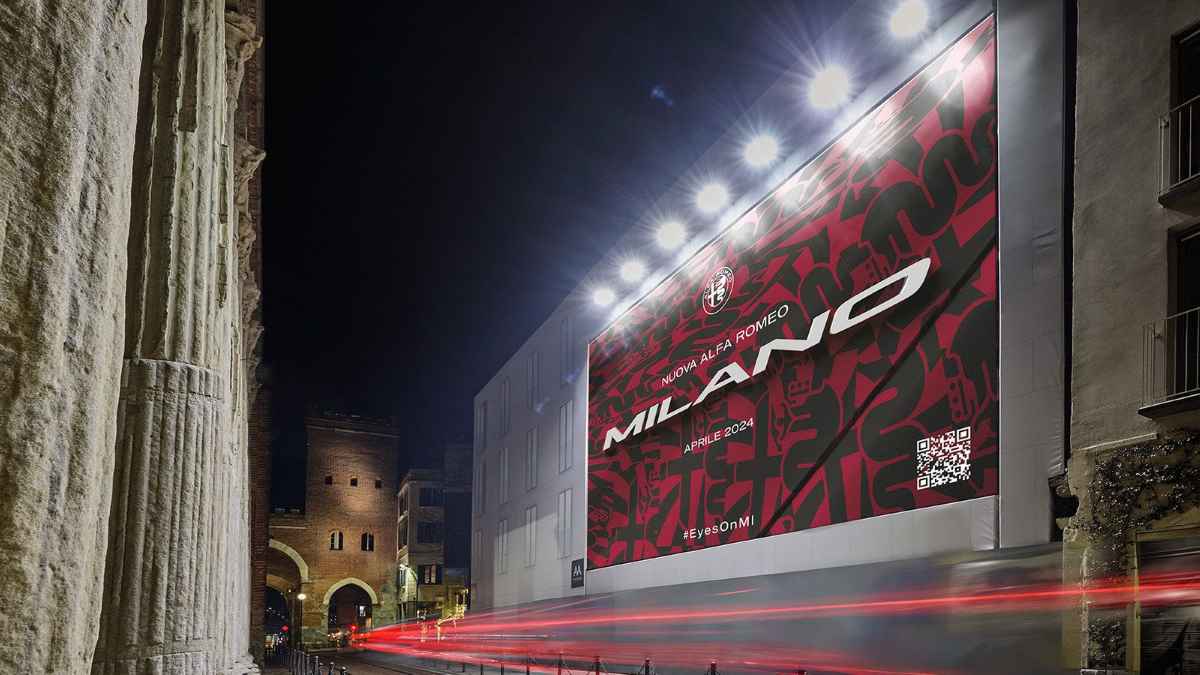
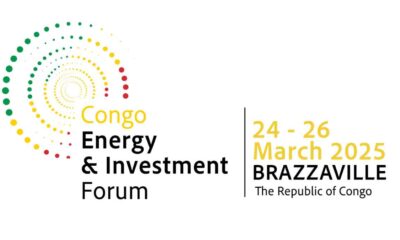
 Business4 days ago
Business4 days ago
 Business5 days ago
Business5 days ago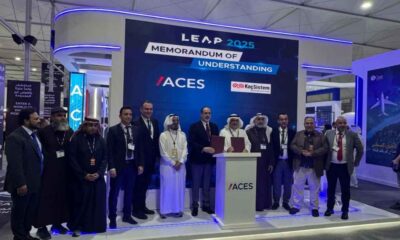
 Business4 days ago
Business4 days ago
 Business3 days ago
Business3 days ago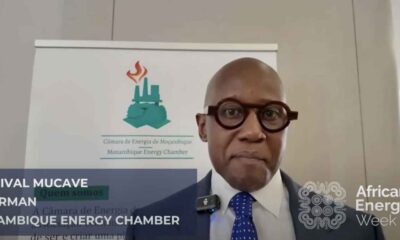
 Business4 days ago
Business4 days ago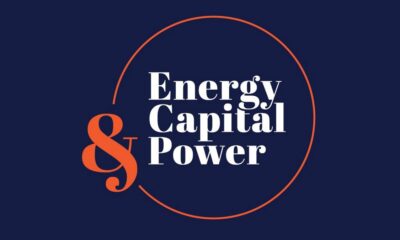
 Business3 days ago
Business3 days ago
 Business2 days ago
Business2 days ago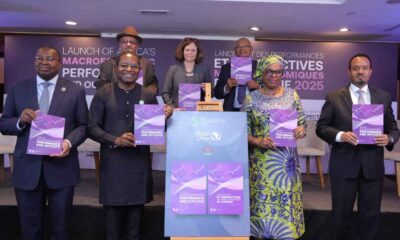
 Business4 days ago
Business4 days ago




